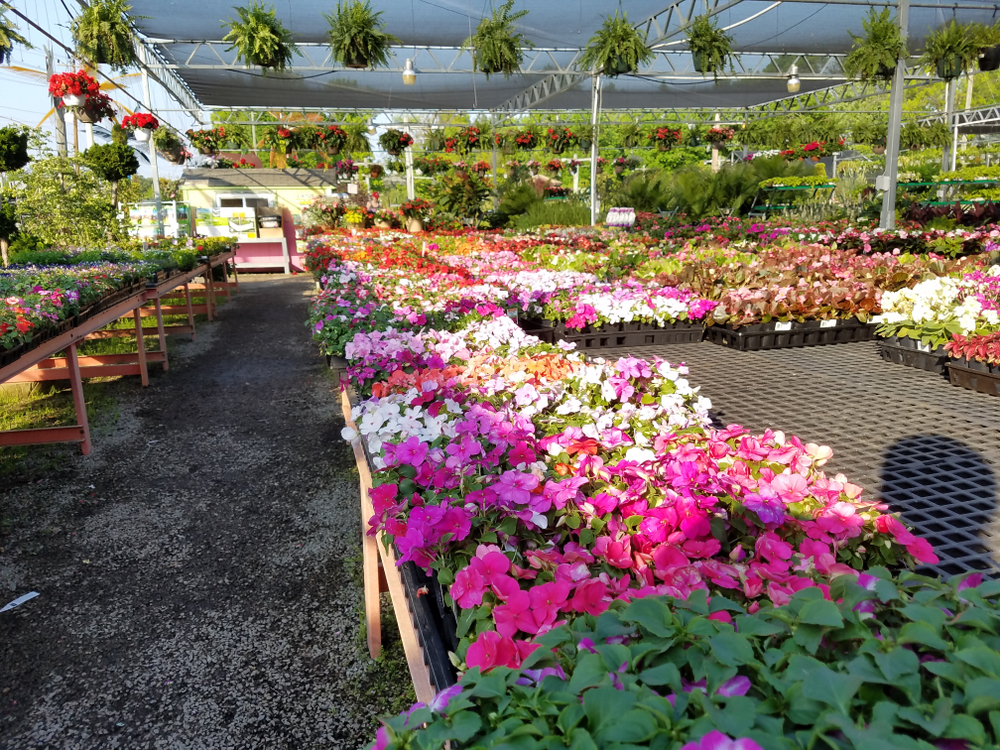Introduction: Wood chips, those small and seemingly unremarkable pieces of wood, hold a treasure trove of possibilities. Derived from various types of trees and often overlooked, these humble wood fragments have a wide range of applications in both domestic and industrial settings. From enhancing the flavors of grilled delicacies to fueling renewable energy sources, wood chips have become an invaluable resource. In this article, we will delve into the diverse and versatile world of wood chips, exploring their uses, benefits, and potential.
I. What are Wood Chips? Wood chips are small, flat, or irregularly shaped pieces of wood that are typically derived from trees. They are obtained by shredding, chipping, or grinding wood logs, branches, or other woody biomass. The size and consistency of wood chips can vary, ranging from coarse and chunky to fine and fibrous, depending on their intended purpose.
II. Landscaping and Gardening:
- Mulching: Wood chips serve as an excellent organic mulch for gardens and landscaping. They help retain soil moisture, suppress weed growth, and regulate soil temperature, creating a favorable environment for plant growth.
- Pathways and Trails: Wood chips provide an attractive and eco-friendly option for creating pathways, trails, and walkways in parks, gardens, and recreational areas. Their natural appearance and soft texture make for a pleasant walking experience.
III. Flavor Enhancer in Culinary Ventures:
- Smoking and Grilling: Wood chips are prized for their ability to infuse delectable flavors into grilled meats, fish, and vegetables. When used in smoking or grilling, they release aromatic compounds that lend a distinct smoky taste, transforming ordinary dishes into culinary delights.
- Barbecue and Pit Cooking: Many barbecue enthusiasts swear by wood chips as an essential ingredient in achieving authentic barbecue flavors. Different types of wood chips, such as hickory, mesquite, or applewood, impart unique flavors to meats, adding depth and complexity to the dish.
IV. Renewable Energy and Biomass:
- Biomass Power Plants: Wood chips are widely used as a feedstock in biomass power plants, where they are burned to generate heat and produce electricity. This renewable energy source helps reduce dependence on fossil fuels and contributes to sustainable energy production.
- Pellet Production: Wood chips can be compressed and processed into wood pellets, which are used as a clean-burning and carbon-neutral fuel alternative. These pellets are commonly utilized in residential and commercial heating systems, further promoting the shift towards renewable energy.
V. Animal Bedding and Livestock Industry:
- Animal Bedding: Wood chips find application as bedding material for various livestock, such as horses, cows, and poultry. They provide comfortable and absorbent bedding, helping maintain hygiene and reducing the risk of infections.
- Livestock Housing Insulation: Wood chips can also be used as an insulating material in livestock buildings. Their natural insulating properties help regulate temperature, providing a more comfortable environment for the animals.
Conclusion: Wood chips, often overlooked, are a remarkable and versatile resource with an array of applications. From enhancing the flavors of grilled delicacies to playing a crucial role in renewable energy production, these small wood fragments have proven their worth time and again. Whether you’re a gourmet chef, a gardener, or an advocate for sustainable living, wood chips offer endless possibilities. So, next time you come across a pile of wood chips, remember the hidden potential within and embrace the wonders they can bring to your endeavors.
This article is provided by https://www.barkukonline.co.uk/wood-chips

